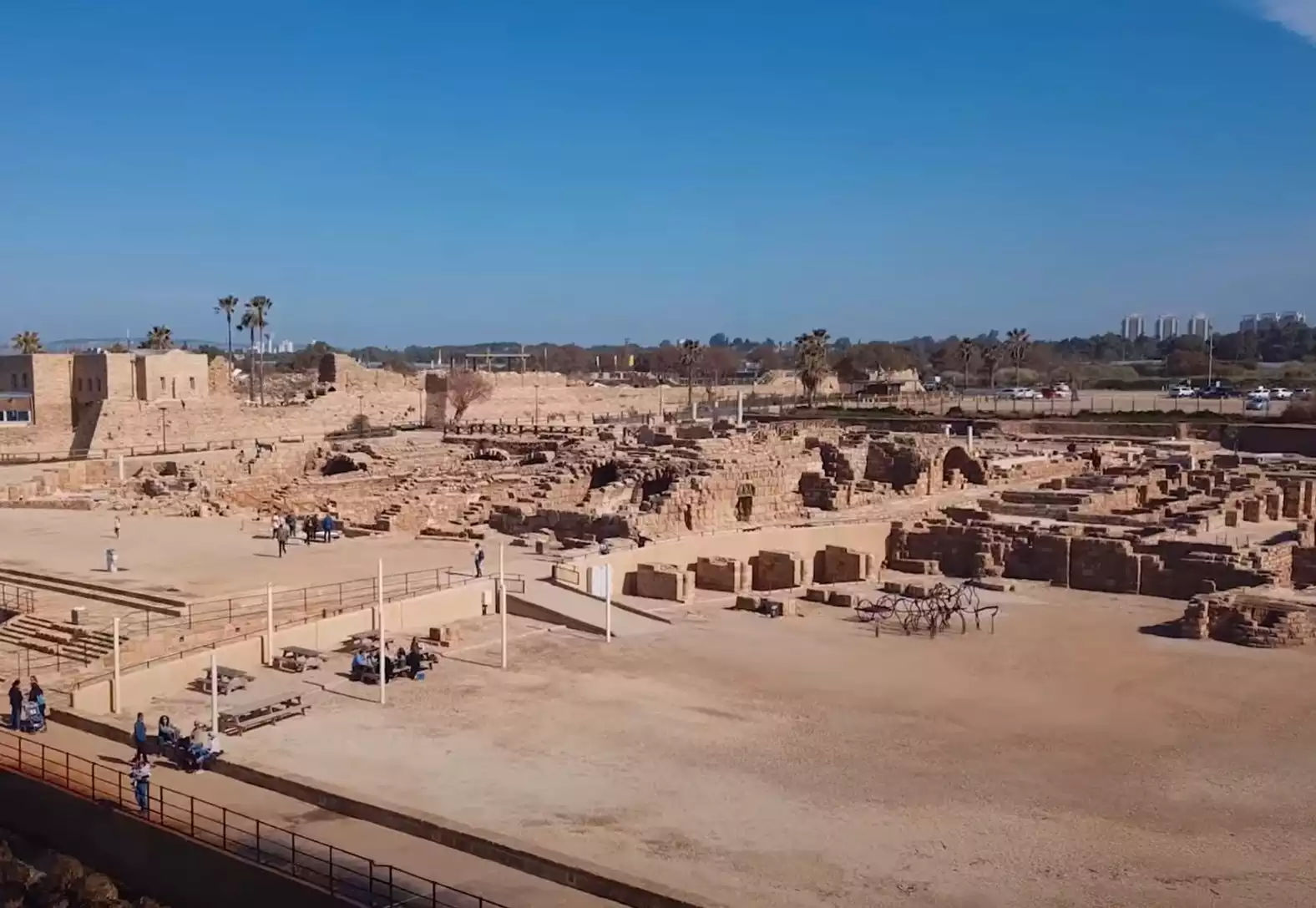
Caesarea, once the Roman capital of Judea, holds a significant place in ancient history. Notably, it was here that the Apostle Paul was imprisoned for two years, a fact that underscores the city’s pivotal role during the Roman era. This coastal city, renowned for its ancient port and magnificent ruins, stands as a testament to the architectural and cultural achievements of the Roman Empire. Its historical significance is further highlighted by its mention in religious texts, making it a key site for both historians and religious scholars.
Historical Significance
Founded by Herod the Great around 25-13 BCE, Caesarea served as a key administrative center in the Roman province of Judea. The city was renowned for its magnificent port, named Sebastos, and its grand architecture, which included a theater, hippodrome, and aqueducts, showcasing the Roman influence. As the Roman capital of Judea, Caesarea was the hub of political and trading activities, playing a crucial role in the region’s administration and economy.
Paul’s Imprisonment
The Apostle Paul’s imprisonment in Caesarea, documented in the Acts of the Apostles, highlights the city’s religious significance. Paul’s detention, lasting around two years, occurred under the governance of Roman procurators Felix and Festus. This event not only marks a pivotal moment in Christian history but also illustrates the complex interplay of politics and religion during the Roman period in Judea.
Archaeological Discoveries
Recent archaeological excavations in Caesarea have unearthed remnants of its rich past, including Roman statues, coins, and parts of the ancient harbor. These findings provide invaluable insights into the daily life and culture of its inhabitants during Roman times. The discoveries also aid in understanding the city’s strategic importance in the Mediterranean trade routes.
Cultural Legacy
Caesarea’s legacy extends beyond its historical and biblical significance. It has become a symbol of Roman architectural prowess and a testament to the cultural and religious diversity of ancient Judea. The city’s ruins today attract scholars and tourists alike, drawn to its rich history and archaeological treasures.
Caesarea, as the Roman capital of Judea and the site of Paul’s imprisonment, represents a fascinating intersection of history, religion, and culture. Its well-preserved ruins continue to offer insights into the Roman Empire’s influence in the region and remain a testament to its historical significance.
References
- Avi-Yonah, M., “The History of Caesarea Maritima,” Brill, 1976.
- Josephus, F., “Jewish Antiquities,” Harvard University Press, 1965.
- Levine, L.I., “Caesarea Under Roman Rule,” Brill, 1975.
- Netzer, E., “The Architecture of Herod, the Great Builder,” Baker Academic, 2008.
- Richardson, P., “Herod: King of the Jews and Friend of the Romans,” Fortress Press, 1999.
- Schwartz, J., “Caesarea and the Middle Ages,” Brill, 2012.
